Amazon Fire TV Stick 4K Max (2nd Gen) vs Google TV Streamer: which one should you buy?
It's sticks vs stones as Amazon's streaming device takes on Google's pebble-shaped one
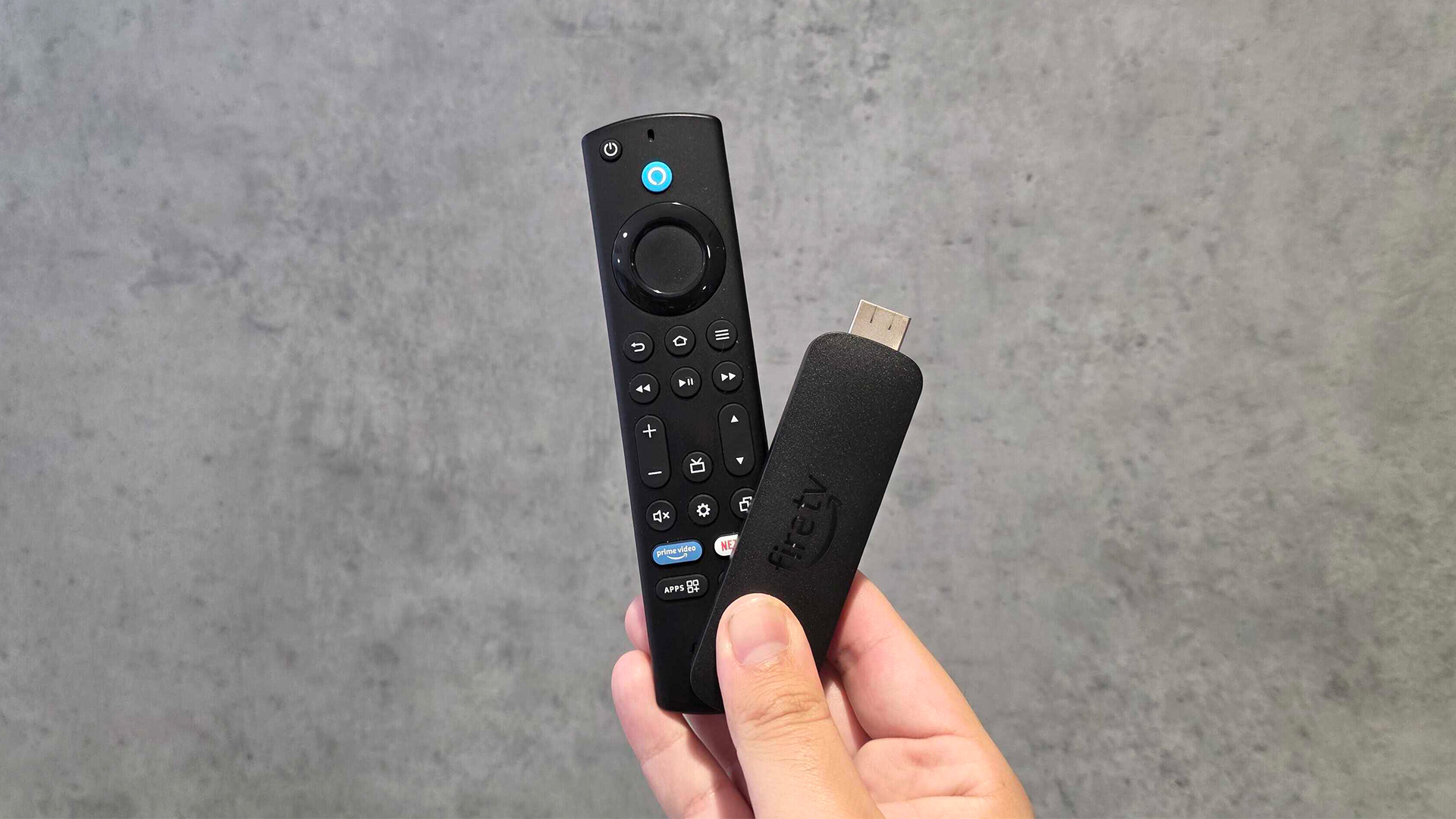
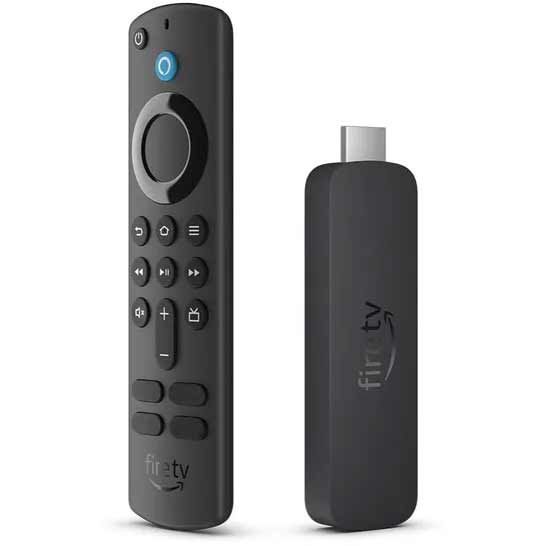
Resolution: Up to 4K HDR, 60fps
Bluetooth: 5.2
HDR formats: Dolby Vision, HDR10, HDR10+, HLG
Dimensions (hwd): 1.4 x 11 x 3cm
The Amazon Fire TV Stick 4K Max is now an easy recommendation for those looking to upgrade their streaming device, especially as it matches (and in some cases surpasses) its more expensive Google rival.
Pros
- Detailed and rich picture
- Solid app offering
- All HDR formats supported
Cons
- Timing could be better for music
- User interface is a bit ad-heavy
- Can block adjacent HDMI sockets
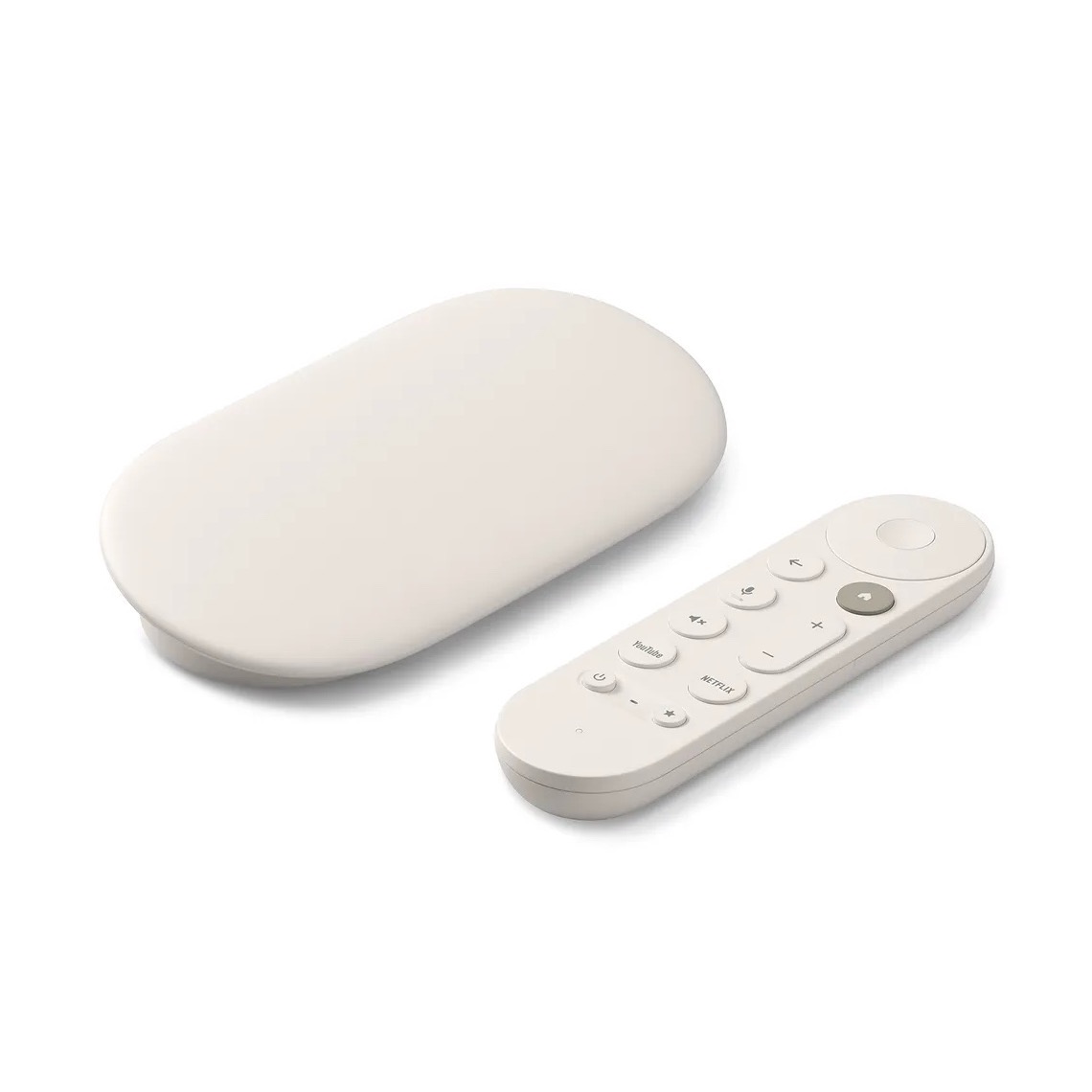
Resolution: Up to 4K HDR, 60fps
Bluetooth: 5.1
HDR formats: Dolby Vision, HDR10, HDR10+, HLG
Dimensions (hwd): 2.5 x 16 x 7.6cm
Google's latest streaming device is a sleek, capable device with more power and storage plus new AI features over its predecessor. The picture quality is solid (though not better than its Amazon rival), though its middling audio and menu stutter let it down.
Pros
- Natural and balanced picture
- Good picture detail
- Good remote
Cons
- Uninspiring sound
- Lacks picture dynamism
The best streaming devices breathe new life into ageing TVs, bestowing them with the power of wondrous streaming services, crisp pictures and zippy operating system performance.
Enter the Amazon Fire TV Stick 4K Max (2nd Generation) and Google TV Streamer – two devices that promise to deliver everything your entertainment-craving heart desires. But which one most deserves your hard-earned cash?
It’s an important question, and one we’re here to answer below, having fully reviewed both devices and compared them next to one another.
So you should be in a solid position to pull the trigger on one or the other by the time you’ve made it to the bottom of this page.
But first, a little scene-setting. Google's decision to axe the Award-winning Chromecast with Google TV in 2024 shook up the streaming market.
In its place sits the Google TV Streamer – a more powerful but considerably pricier alternative that costs nearly double the price of the Chromecast it usurped.
This shift has handed Amazon a potentially golden opportunity. The Fire TV Stick 4K Max (2nd Generation) now finds itself competing against a Google device that costs significantly more, while – spoiler alert – delivering performance that's not dramatically better.
The latest hi-fi, home cinema and tech news, reviews, buying advice and deals, direct to your inbox.
But enough teasing. Let’s dive in.
- Check out our expert pick of the best TV streaming devices
Amazon Fire TV Stick 4K Max (2nd Generation) vs Google TV Streamer: price
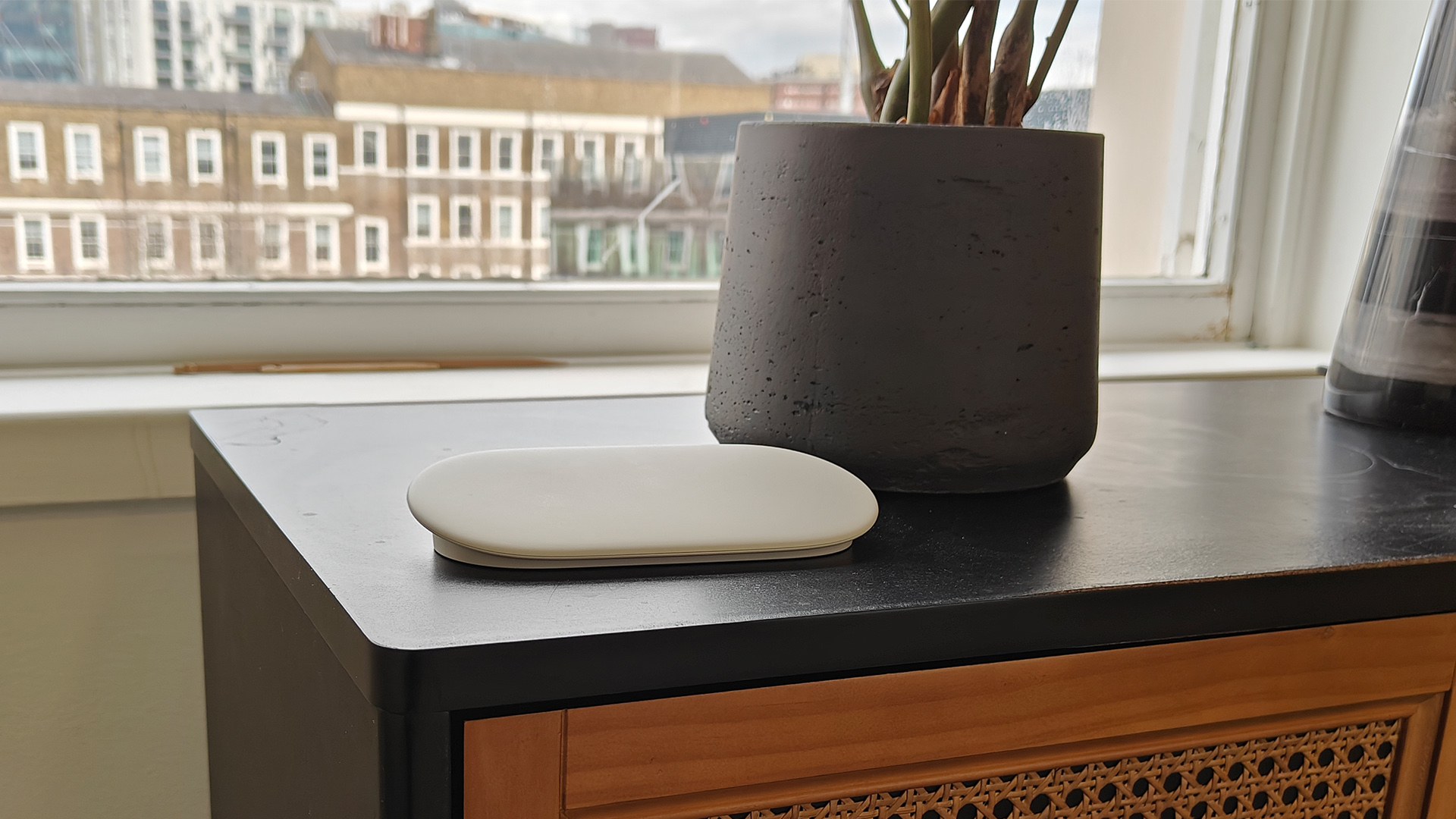
The Fire TV Stick 4K Max (2nd Generation) costs £70 / $60 / AU$120. That's a modest bump from its predecessor's £65 / $55 / AU$99 price, but still very reasonable.
Better yet, the frequent sales at Amazon – Big Deal Days, Prime Day, Black Friday etc – often see its streamer drop to around £50 / $40 / AU$89.
The Google TV Streamer, meanwhile, commands £99 / $100 / AU$160. That's a hefty premium and nearly double the discontinued Chromecast's £60 / $50 / AU$99 launch price.
Clearly, there’s only one winner in this category.
** Winner: Amazon Fire TV Stick 4K Max (2nd Generation) **
Amazon Fire TV Stick 4K Max (2nd Generation) vs Google TV Streamer: design
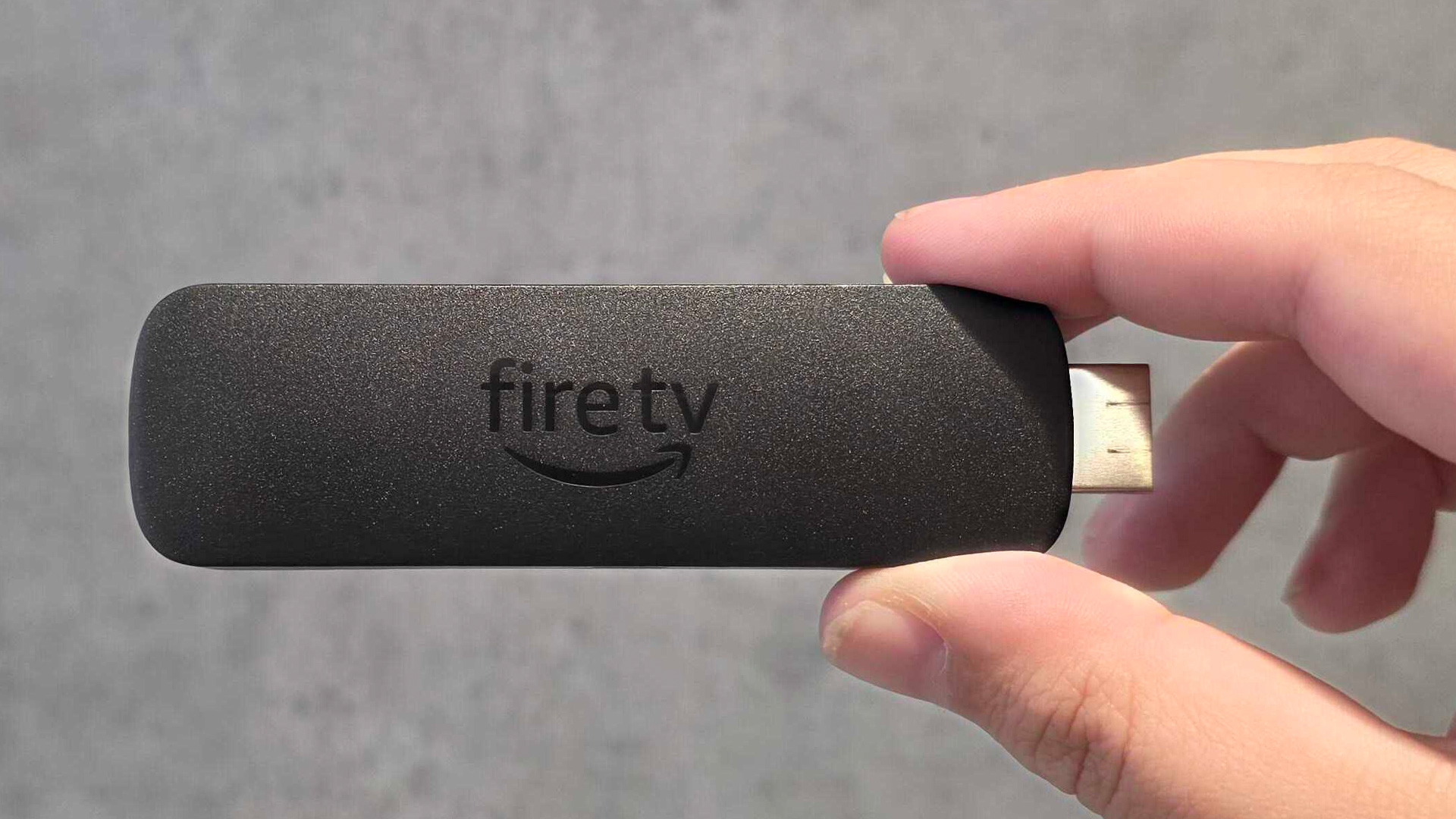
Design is always subjective, so your preferred device will depend on your preferences and home setups, as both devices bring completely different builds to the table.
Amazon, for one, sticks with the dongle approach, and its dinky Fire TV Stick weighs just 46g. For those of you who have adopted the Confectionary System of Measurement, that’s a mere hair heavier than a standard Kinder Bueno chocolate bar.
Another bonus for minimalists – the 4K Max 2nd Gen plugs straight into your TV's HDMI socket, making it completely hidden from view. Note, however, that this may block adjacent HDMI sockets unless you use the included adapter.
Overall, though, there’s little to complain about, apart from Amazon's decision to keep Micro USB for power when USB-C has become the contemporary standard. Not that you’ll need to constantly plug/unplug it, mind.
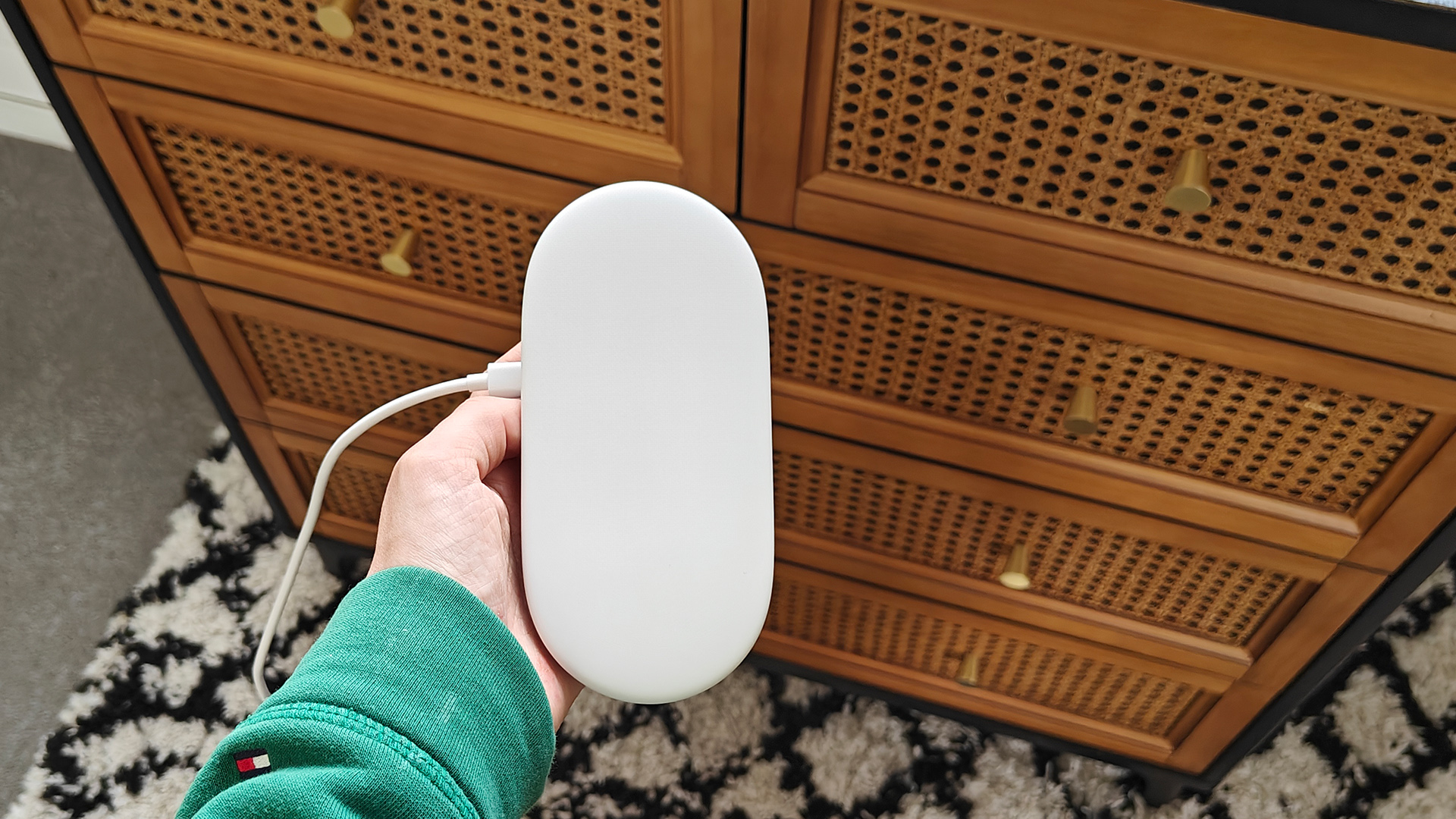
As for Google, it’s taken the streaming box route. The TV Streamer is a pebble-like device designed to sit on your media unit. The Porcelain white finish, combined with its organic curves, looks clean and modern, to our eyes at least.
The box design brings practical perks too – an Ethernet port for wired connections and easier access if things go wrong. But you'll need shelf space, which the Fire TV Stick's hidden approach avoids entirely.
Both come with decent remotes, though Google's includes a handy 'Find my remote' feature that Amazon reserves for its pricier Remote Pro.
Overall, both designs have their merits, with very few cons.
** Winner: draw **
Amazon Fire TV Stick 4K Max (2nd Generation) vs Google TV Streamer: features

Amazon has doubled the Fire TV Stick's storage to 16GB and kept 2GB of RAM. There's a 2.0GHz quad-core processor, Wi-Fi 6E support and up to 7.1 surround sound. It also packs Bluetooth 5.2.
Google counters with 32GB of storage, 4GB of RAM and what it claims is a more powerful processor than its predecessor.
The USB-C port can also handle peripherals like external storage. Bluetooth 5.1 is on board, plus Quick Media Switching to reduce annoying black screens when switching content.
Both pack the same video specs – namely, 4K HDR at 60fps with Dolby Vision, HDR10 and HDR10+. Dolby Atmos is supported too, though neither supports DTS:X.
Google's party trick is AI integration via its Gemini platform. You get content summaries, season breakdowns for TV shows, and AI-generated art for screensavers. Sounds impressive, right? Well, sort of.
The AI descriptions can be hit-and-miss – it accurately called Blade Runner 2049 "existential, atmospheric and bleak" but bizarrely described BBC comedy Amandaland as "gritty".
More frustrating, though, is how Google's interface keeps freezing despite all that extra processing power. Navigating menus too quickly causes the system to stick and stutter – not something you would expect from a Google device, especially at this price.
Amazon's Fire OS is more straightforward without the AI bells and whistles, but it works without the stuttering. The trade-off is a more ad-heavy interface that pushes Amazon's own services.
App support is excellent on both, covering all the major streaming services plus domestic options like BBC iPlayer and Channel 4.
** Winner: draw **
Amazon Fire TV Stick 4K Max (2nd Generation) vs Google TV Streamer: picture
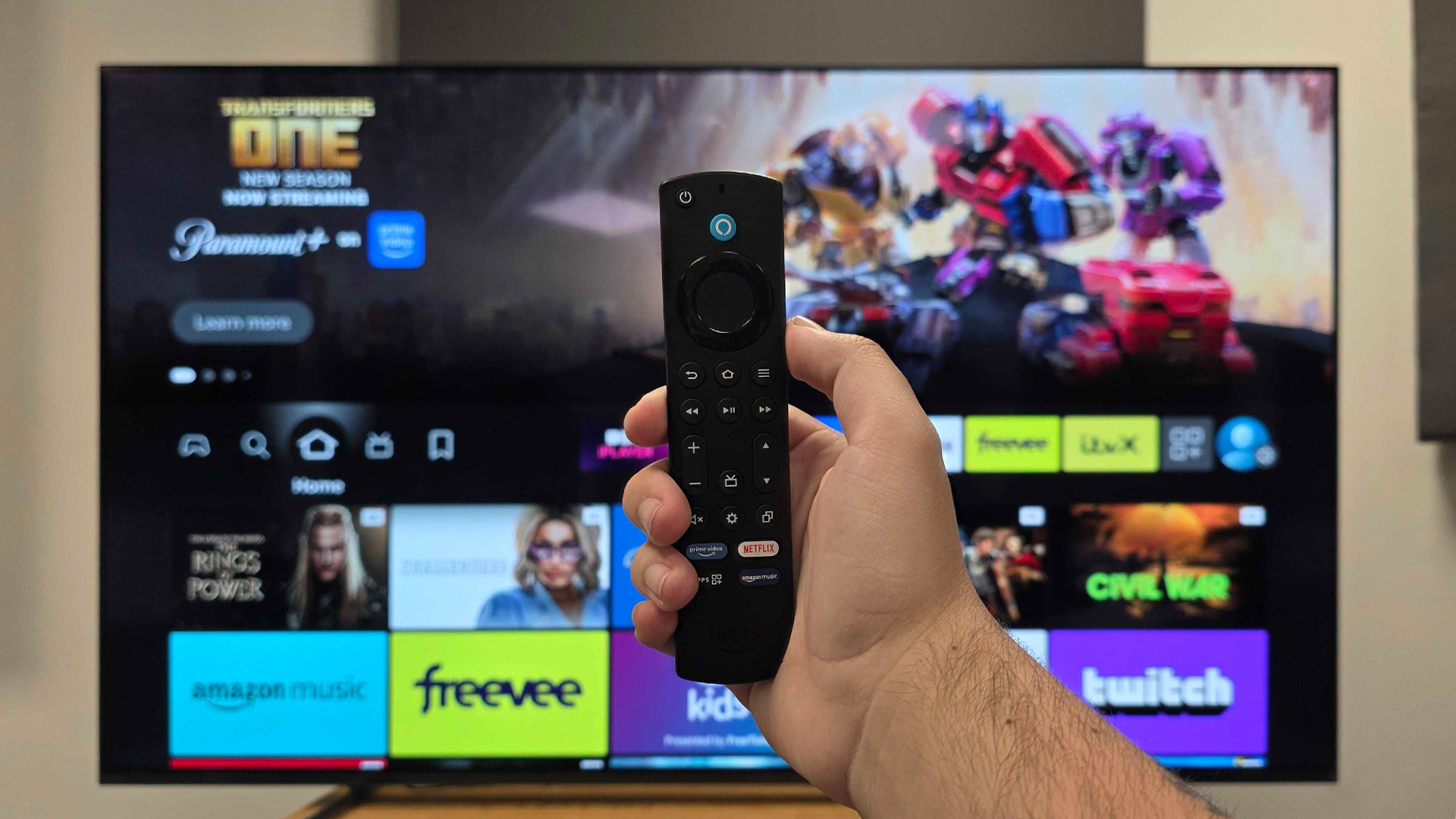
For the significant price difference, you'd expect Google’s offering to deliver a more obvious picture upgrade. But that’s not the case.
The Fire TV Stick 4K Max delivers sharp, engaging pictures with ample detail in clothing textures and skin tones, though the latter can occasionally appear slightly warm.
Motion handling proves accomplished, maintaining smooth tracking without juddering or stuttering. Notably, film grain reproduction also appears cleaner and more intentional on Amazon's device, compared to its rival.
Google's TV Streamer offers improved contrast over the Chromecast predecessor, with enhanced depth and deeper blacks that create more impactful imagery. Colours balance punch and naturalness effectively, appearing vibrant yet measured and authentic.
Motion processing matches Amazon's competent performance levels, though film grain can appear overbearing and distracting.
Overall, our direct comparison reveals that picture performance between these devices is remarkably similar. The Google TV Streamer has slightly more detail and marginally punchier colours, but the differences remain minimal, and are subtle rather than transformative.
** Winner: Amazon Fire TV Stick 4K Max (2nd Generation) **
Amazon Fire TV Stick 4K Max (2nd Generation) vs Google TV Streamer: sound

While picture performance is similar, there’s no denying Amazon’s superior audio performance.
The Fire TV Stick 4K Max 2nd Gen provides a warmer, more cohesive and dynamic presentation compared to Google's offering, with clear and detailed vocals that remain well-integrated within the broader audio mix.
Timing represents its weakest aspect, particularly noticeable during music playback, but the overall presentation proves serviceable for both entertainment and musical content.
Google's TV Streamer encounters more significant audio challenges. While vocal clarity remains sufficient for movies and television programming, the performance suffers from inadequate low-level dynamics that diminish dialogue's emotional impact. Voices exhibit flat, uninteresting characteristics, with limited tonal variation that undermines dramatic performances.
The performance difference becomes particularly apparent during music playback, where Google’s device exhibits an absence of warmth and texture, creating an uninspiring listening experience compared to its Amazon rival.
** Winner: Amazon Fire TV Stick 4K Max (2nd Generation) **
Amazon Fire TV Stick 4K Max (2nd Generation) vs Google TV Streamer: verdict

The Fire TV Stick 4K Max (2nd Generation) delivers virtually identical picture performance to the Google TV Streamer while sounding noticeably better and costing significantly less.
While Google's AI features and extra storage may appeal to some, they don't justify the premium when their core performance is so similar.
So unless you specifically need Google's AI features or are deeply embedded in its ecosystem, Amazon's device offers better value and better sound.
For most people upgrading their streaming setup, it's an easy recommendation.
** Overall winner: Amazon Fire TV Stick 4K Max (2nd Generation) **
MORE:
Read our Google TV Streamer review
And our Amazon Fire TV Stick 4K Max (2nd Generation) review
Google TV Streamer vs Chromecast with Google TV: should you upgrade?
Best media streamers: the best TV streaming devices

You must confirm your public display name before commenting
Please logout and then login again, you will then be prompted to enter your display name.
